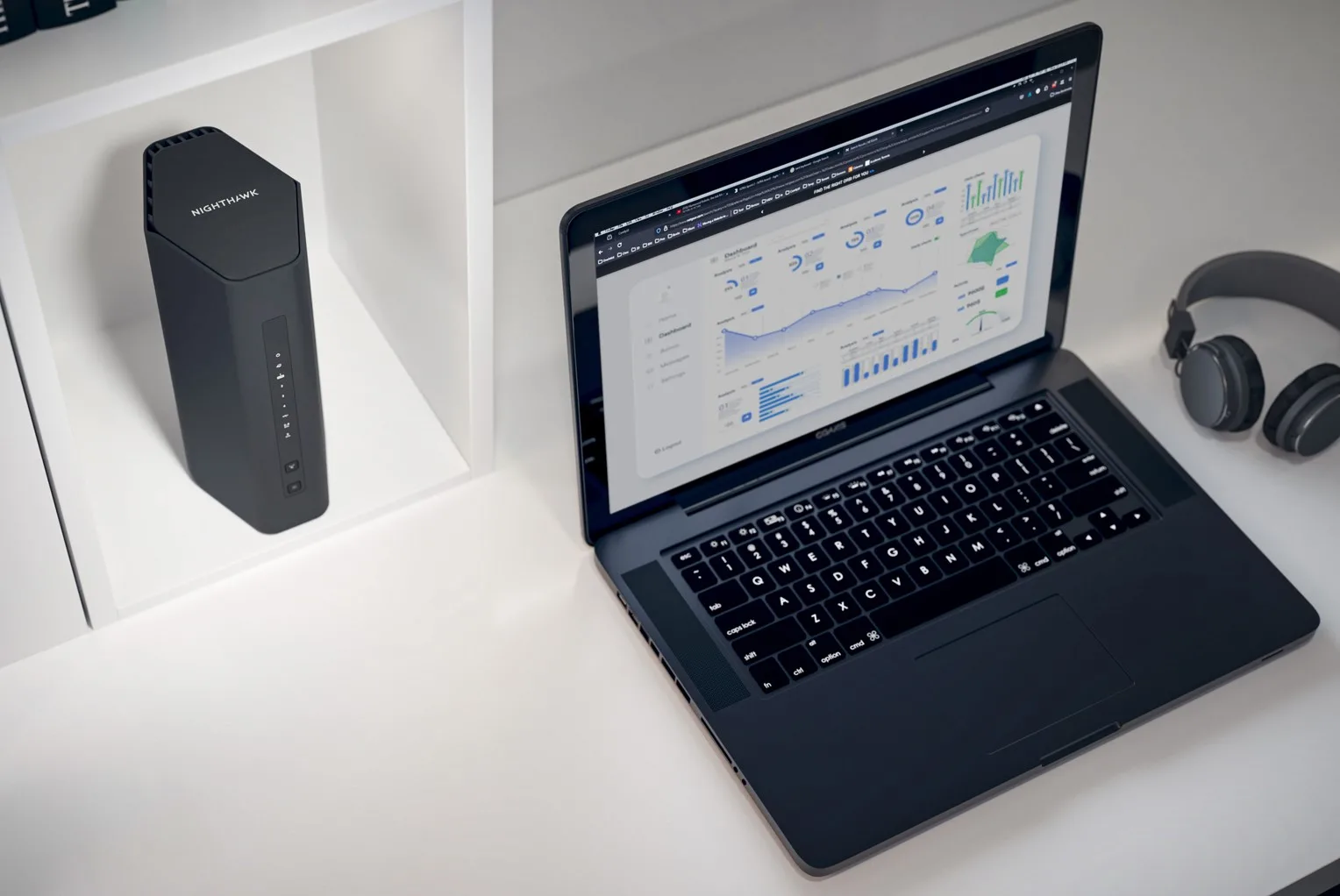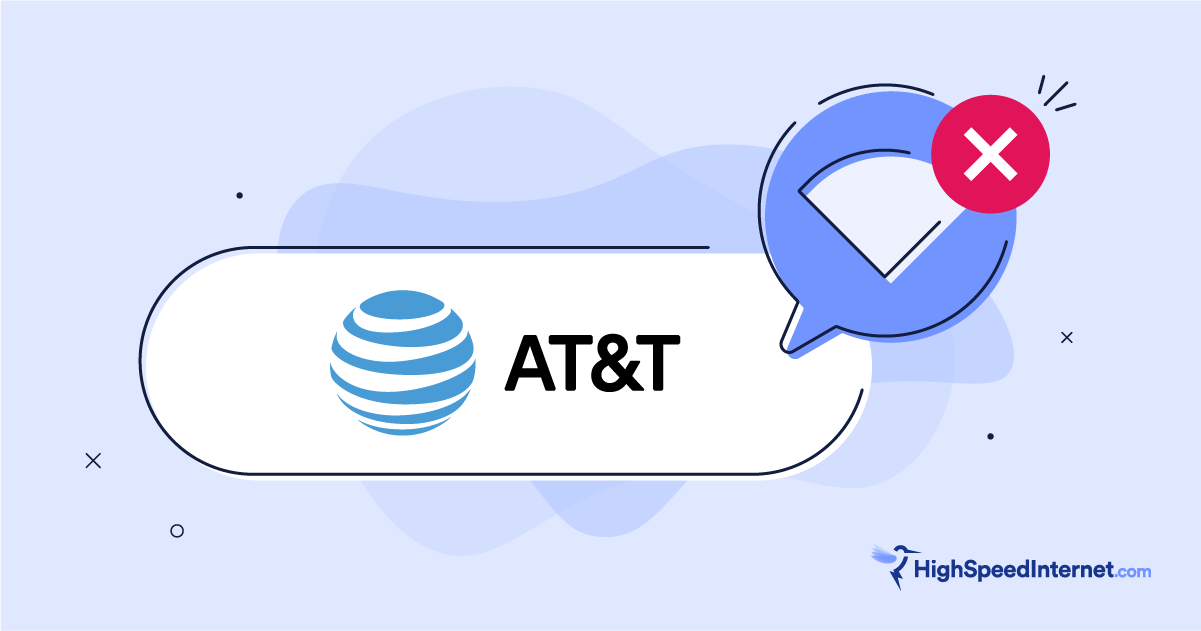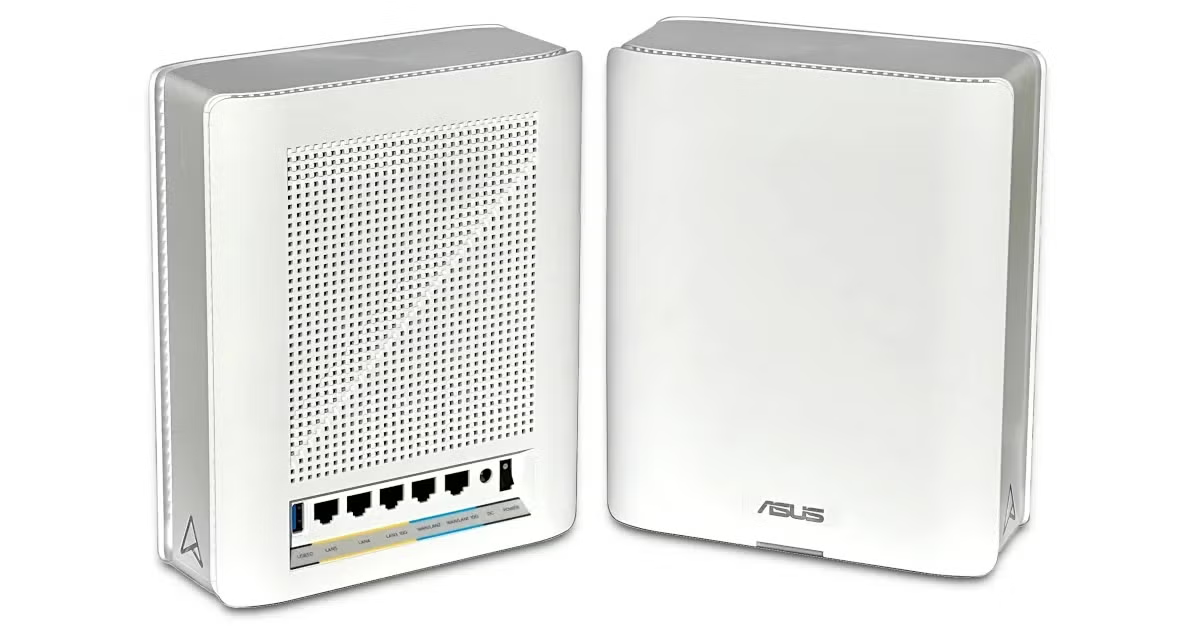NETGEAR Launches Three New Wi-Fi 7 Routers
Sep 24, 2024 | Share
Equipment Guides, News

NETGEAR has expanded its family of Nighthawk standalone routers with three new Wi-Fi 7 models. They join the Nighthawk RS700S and RS300 routers, offering customers an expanded selection of Wi-Fi 7 home networking solutions starting at $229.
“With the launch of our new Nighthawk RS600, RS500, and RS200 routers, we’re proud to offer all the benefits of WiFi 7 at a price point for every budget,” says David Henry, President and General Manager of Connected Home Products and Services at NETGEAR. “These routers provide high speeds, very low latency, and the ability to handle the demands of high-quality video streaming as well as advanced computing, including AI-driven applications and AR/VR experiences.”
The news arrives after Apple revealed the iPhone 16, which supports the new Wi-Fi standard. Wi-Fi 7 routers have been around since the start of 2023, but Apple’s latest flagship phone will likely ignite renewed interest in home network upgrades—and NETGEAR’s new routers fit the bill.
Wi-Fi 7 is an important uptick
The new Wi-Fi specification is important for many reasons, but one of the major callouts is how it handles interference and networking overhead. Even if you don’t currently own Wi-Fi 7 devices, you can expect slightly improved speeds, especially if you live in an area plagued by radar. That means you don’t necessarily need to update all your devices right now, but upgrades should be on the horizon for anyone wanting to take advantage of everything Wi-Fi 7 offers.
NETGEAR’s new Wi-Fi 7 routers, in a nutshell
| RS600 | RS500 | RS200 | |
|---|---|---|---|
| Throughput: | 18,000Mbps | 12,000Mbps | 6,500Mbps |
| Radios: | 2.4 GHz 5 GHz 6 GHz | 2.4 GHz 5 GHz 6 GHz | 2.4 GHz 5 GHz |
| Streams: | 4+4+4 | 2+4+2 | 2+4 |
| Internet port: | 10Gbps | 2.5Gbps | 2.5Gbps |
| LAN ports: | 1x 10Gbps 3x 1Gbps | 1x 2.5Gbps 3x 1Gbps | 1x 2.5Gbps 3x 1Gbps |
| Concurrent devices: | 150 | 120 | 80 |
| Wi-Fi coverage: | 3,300 sq. ft. | 3,000 sq. ft. | 2,500 sq. ft. |
| Price: | $499.00 | $399.00 | $229.00 |
Generally, most retail Wi-Fi 6 routers, gateways, and mesh systems only support 940Mbps internet because their internet (WAN) port doesn’t support a full gigabit.
Newer Wi-Fi 6E models upgraded to 2.5Gbps to support 2Gbps internet connections and slower. However, that means your wired devices must also have a 2.5Gbps wired port, plus any network switches you need to expand wired connectivity in your home.
Wi-Fi 7 makes 10Gbps wired connectivity more commonplace in home networking but you’ll generally only get around 9.4Gbps due to overhead. This is why you’ll see the lower number mentioned in legal disclaimers for 10Gbps internet.
The key takeaway here is there’s no need to purchase a Nighthawk router supporting 10Gbps if 3Gbps internet or faster isn’t on your radar—the new RS500 and RS200 should be the perfect fit. Hopefully, by the time superfast internet becomes an option for you, router prices will be more affordable.
Existing Nighthawk Wi-Fi 7 routers
| RS700S | RS300 | |
|---|---|---|
| Throughput: | 19,000Mbps | 9,300Mbps |
| Radios: | 2.4 GHz 5 GHz 6 GHz | 2.4 GHz 5 GHz 6 GHz |
| Streams: | 4+4+4 | 2+2+2 |
| Internet port: | 10Gbps | 2.5Gbps |
| LAN ports: | 1x 10Gbps 3x 1Gbps | 2x 2.5Gbps 2x 1Gbps |
| Concurrent devices: | 200 | 100 |
| Wi-Fi coverage: | 3,500 sq. ft. | 2,500 sq. ft. |
| Price: | $699.00 | $329.00 |
If you’re on the fence about NETGEAR’s new Wi-Fi 7 Nighthawk routers, take a look at the two existing models. The RS700S is the fastest router we’ve tested to date, and the higher speed isn’t exclusive to Wi-Fi 7 devices. The new spec is better at handling interference and reducing overhead, providing noticeably higher speeds on Wi-Fi 6E and older devices. The only exception we noticed in testing was the iPhone 12 Pro Max, which seems suspiciously locked in performance to preserve the battery.
But to fully take advantage of the speeds Wi-Fi 7 delivers, get a router and compatible devices that can access the 6 GHz band. This new Wi-Fi landscape is devoid of all the congestion plaguing the 2.4 GHz and 5 GHz bands—for now, at least.
Which router works with which internet?
Here are the cliff notes so you can decide what’s best for you:
| Model | Works with |
|---|---|
| RS700S | 10Gbps and lower |
| RS600 | 10Gbps and lower |
| RS500 | 3Gbps and lower |
| RS300 | 3Gbps and lower |
| RS200 | 3Gbps and lower |
More devices now support Wi-Fi 7
Wi-Fi is a two-way street. To get the most out of a Wi-Fi 7 router, you need a Wi-Fi 7 client device, like a smartphone, tablet, or computer. Wi-Fi 7 routers have been around for a while, but very few devices supported it until now. Take a look at some of the Wi-Fi 7 devices you can get right now:
| Phones and tablets | Computers and components |
|---|---|
| ASUS Zenfone 10 Google Pixel 8 / 8 Pro / 9 iPhone 16 (all models) Motorola Edge+ OnePlus 11 5G, 12 Samsung Galaxy S24 Ultra Xiaomi 13T Pro, 14 | Copilot+ PCs (Surface Pro 11, Laptop 7) Intel BE200, BE201 NICGIGA M.2 2230 Network Card QFly PCIe Network Card Qualcomm Fast Connect 7800 |
Acer, ASUS, Dell, HP, and Lenovo are expected to launch desktops and laptops with Wi-Fi 7 support in the second half of 2024.
All five routers have optional security features
“With cutting-edge protection built-in and available services such as Smart Parental Controls and NETGEAR Armor for advanced cybersecurity and privacy protection, you can enjoy peace of mind while staying connected,” adds David Henry of NETGEAR.
NETGEAR Armor and Smart Parental Controls are not included in the price. To get the most out of these routers, here’s what you can expect to pay if you opt for subscriptions:
| Armor | Smart Parental Controls | |
|---|---|---|
| Monthly | N/A | $7.99 |
| Annually | $99.99 | $69.99 |

Get your Nighthawk Wi-Fi 7 router now
You can purchase one of the new Nighthawk Wi-Fi 7 routers from NETGEAR.com or any participating retailer.
| Model | Price |
|---|---|
| RS700S | $699.00 |
| RS600 | $499.00 |
| RS500 | $399.00 |
| RS300 | $329.00 |
| RS200 | $229.00 |
Author - Kevin Parrish
Kevin Parrish has more than a decade of experience working as a writer, editor, and product tester. He began writing about computer hardware and soon branched out to other devices and services such as networking equipment, phones and tablets, game consoles, and other internet-connected devices. His work has appeared in Tom’s Hardware, Tom's Guide, Maximum PC, Digital Trends, Android Authority, How-To Geek, Lifewire, and others. At HighSpeedInternet.com, he focuses on network equipment testing and review.
Editor - Jessica Brooksby
Jessica loves bringing her passion for the written word and her love of tech into one space at HighSpeedInternet.com. She works with the team’s writers to revise strong, user-focused content so every reader can find the tech that works for them. Jessica has a bachelor’s degree in English from Utah Valley University and seven years of creative and editorial experience. Outside of work, she spends her time gaming, reading, painting, and buying an excessive amount of Legend of Zelda merchandise.




